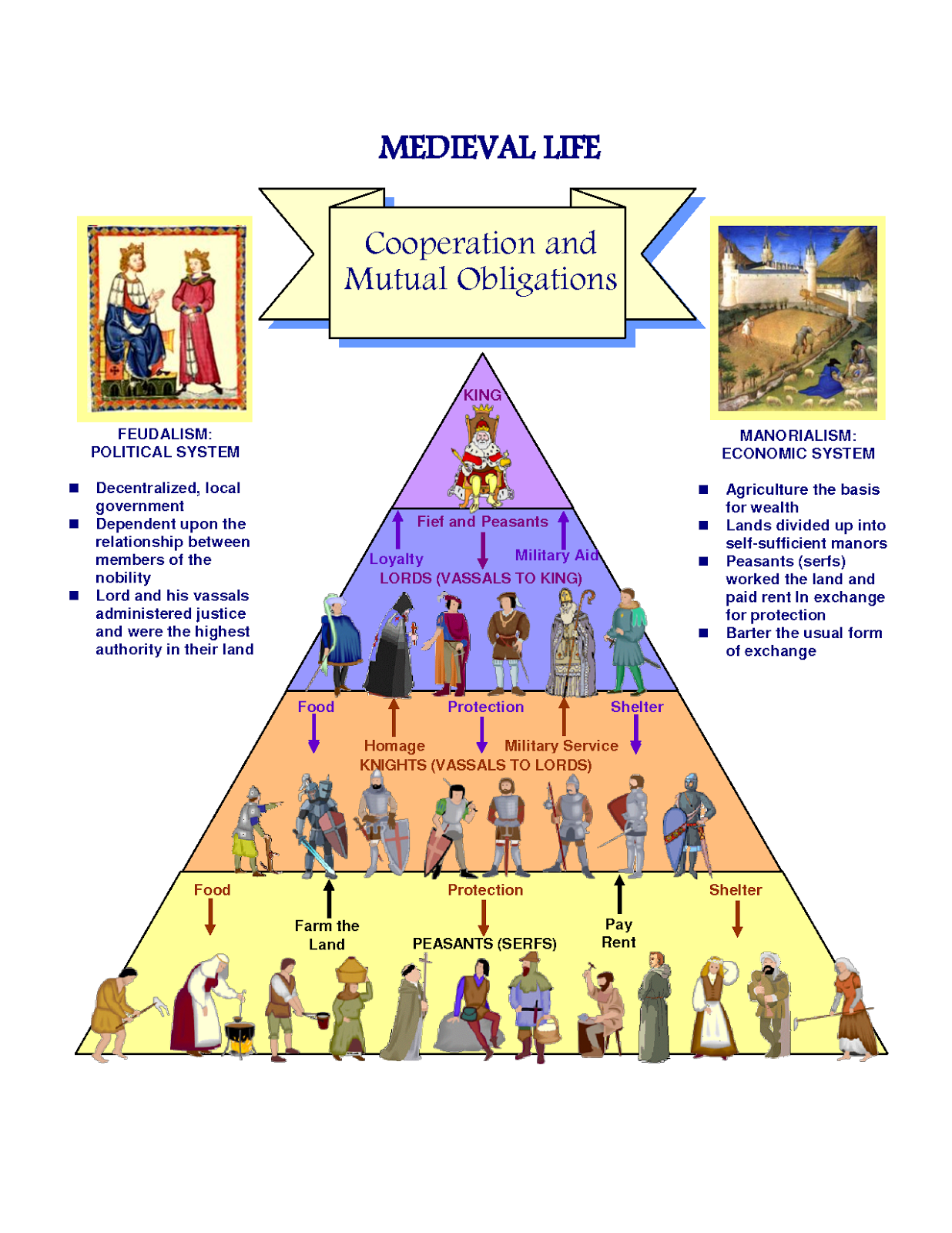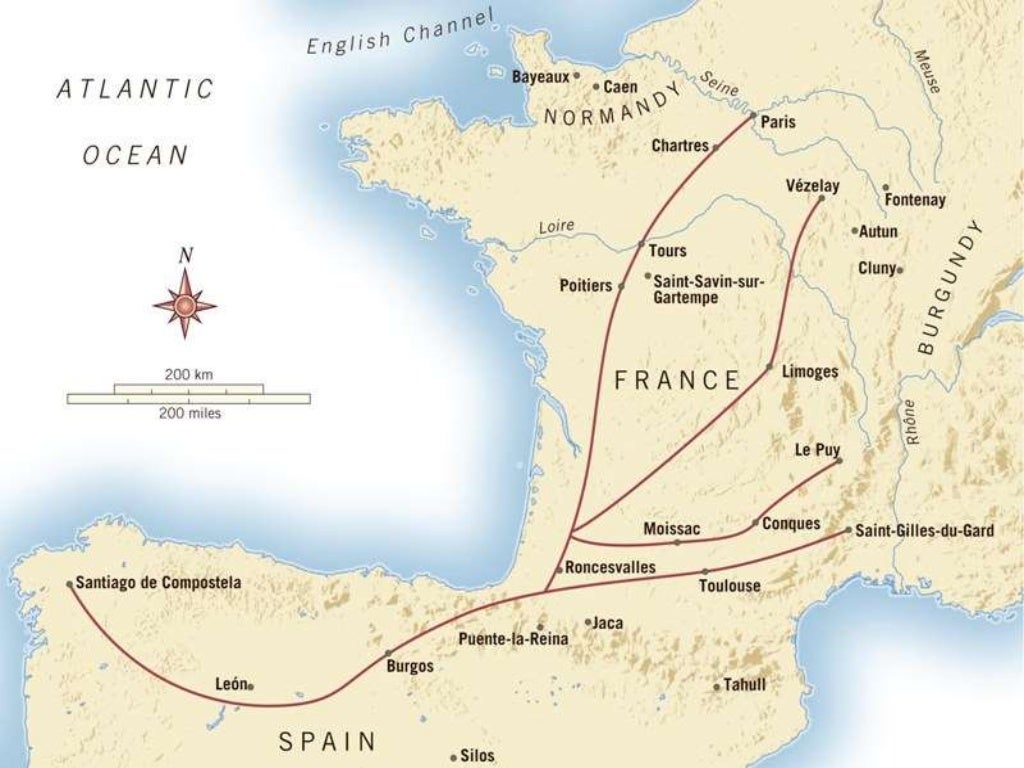
Map of a feudal kingdoms series#
This talented commander, the son of a woodcutter, added to Nobunaga’s territories in a series of bold battles through the 1580s. Nobunaga’s assassin lasted approximately two weeks in power before he, in turn, was destroyed by Nobunaga’s ally Hideyoshi (1537–1598). As the temple burned around him, the wounded Nobunaga committed seppuku (ritual self-disembowelment).īy the time of his death, Nobunaga had succeeded in bringing nearly half of Japan under his control. One of Nobunaga’s vassals, Akechi Mitsuhide, rebelled and attacked him within a temple in Kyoto. In June that year, he sent troops to aid an ally, Toyotomi Hideyoshi. In the 1575 Battle of Nagashino, his gunmen demonstrated their defensive value by destroying the enemy’s advancing cavalry from behind a palisade.īy 1582, Nobunaga had conquered central Japan and was attempting to extend his control over western Japan. Quick to seize on this promising new invention, Nobunaga was the first to organize units equipped with muskets. Japan’s skilled metalworkers rapidly deciphered them and began to produce arms for the warring daimyo. The first guns, long-barreled firearms called harquebuses, had arrived with shipwrecked Portuguese sailors in 1543. Among them were warriors using a weapon new to Japan: the firearm. His armies, formerly split into diverse clan units, became a more centralized force with soldiers organized by function. Through a series of strategic family marriages and equally strategic battles, Nobunaga went on to consolidate control of many of his opponents’ territories. His reputation as a formidable leader was clinched.

His soldiers descended upon his enemy’s much larger forces and defeated them within 15 minutes. Under cover of a thunderstorm, he staged a daring attack against rival daimyo Imagawa Yoshimoto, whose armies had paused in a narrow gorge known as Okehazama. Oda Nobunaga (1534–1582) was a relatively obscure warlord who rose to prominence in the 1560s. Here are the fascinating stories of Nobunaga, Hideyoshi, and Ieyasu. Over time, the daimyo became fewer in number, with field armies numbering tens of thousands of samurai warriors.īut it wasn’t until three indomitable daimyo, with the support of their samurai, ascended in succession above the fighting fray did Japan have a shot at unification.

Things reached a climax during the Sengoku period, also called the Warring States Period (1467–1573), which was a time of intense warfare and political turmoil. Each daimyo, who typically came from the samurai class, relied heavily on the elite, highly trained samurais, to defend his estates and expand his lands in exchange for their own property.Įventually, rival daimyos brutally fought for control and dominance over Japan. Serving their leader, local feudal lords, called daimyo, oversaw regional provinces. While the emperor was the named head of state, military commanders known as shoguns were the de facto rulers. Starting in the late 12th century, Japan evolved into a feudal realm.


 0 kommentar(er)
0 kommentar(er)
